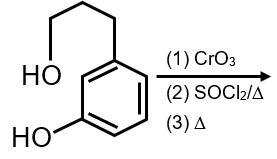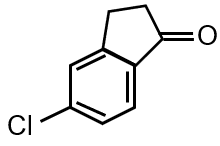The major product of the following reaction


The given reaction involves a conjugated diene (1,3-butadiene derivative) undergoing electrophilic addition with HBr. This follows the mechanism of 1,2-addition and 1,4-addition due to the stability of the allylic carbocation intermediate.
Step 1: Protonation of the diene by HBr to form an allylic carbocation.
The electrophile (H⁺) adds to one of the terminal carbons, creating a resonance-stabilized carbocation:
Step 2: Nucleophilic attack by Br⁻ on the carbocation.
At low temperatures (kinetic control), 1,2-addition dominates, giving the less stable but faster-formed product. At higher temperatures (thermodynamic control), 1,4-addition dominates due to the stability of the more substituted alkene.
For this reaction (likely under kinetic control), the major product is from 1,2-addition:
Final Answer: The major product is 3-bromo-1-butene, which corresponds to the first option:

General Reaction: Conjugated diene + HX → 1,2-adduct + 1,4-adduct
Carbocation Stability Order: Tertiary > Secondary > Primary > Methyl
Resonance Energy: Allylic carbocations are stabilized by resonance, leading to mixture of products.
Temperature Dependence: Low temperature favors kinetic (1,2) product; high temperature favors thermodynamic (1,4) product.